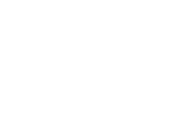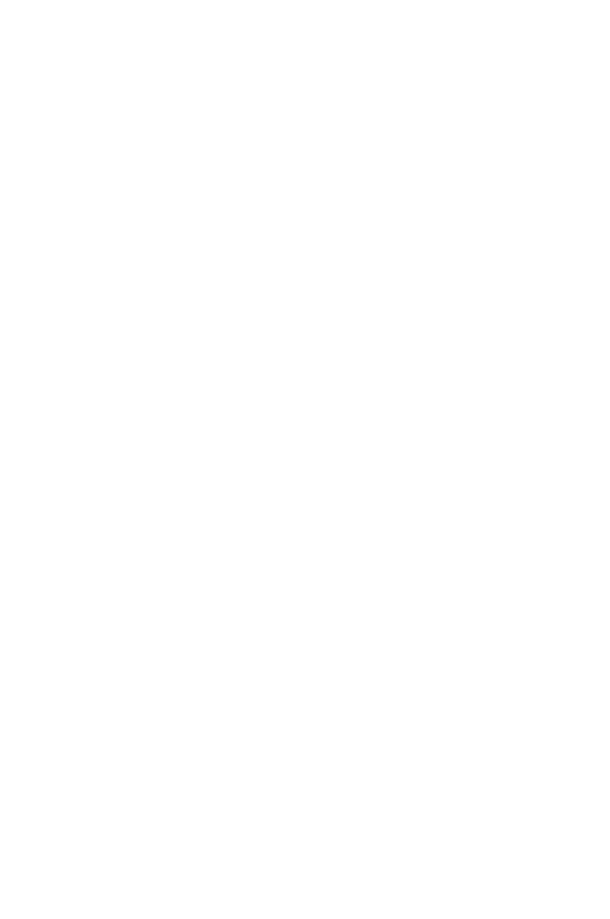 |
 |
 |

|
Title: ‘Stjerren oan it Fimamint’
Designer: Winde Rienstra
Year: 2013-2014
Material: silk, wood, yarns
Produced in the TextielLab
Collection TextielMuseum
Inv. Nr.: 17546
Photo: Michel Zoeter
|
|
 |
TEXTIELMUSEUM
Body Jewels
29/3/2014-15/3/2015
New exhibition displays jewellery from museum’s own collection
In Body Jewels, the TextielMuseum presents a large selection of Dutch jewellery from its own collection, alongside a number of high-profile commissions produced in the TextielLab.
|

|
Posted 3 November 2014
|
Share this:
|
|
Jewellery no longer serves only as an expensive status symbol, but has evolved in recent decades into art, fashion and sometimes almost unwearable objects. Body Jewels traces a number of these developments.
|
|
|
|
|
|
|

Title: No title, from the series ‘After Future’
Designer: Alet Pilon
Year: 1999-2000
Material: artificial fur, animal material, paper,
steel, mixed materials
Collection TextielMuseum
Inv. Nr.: BK0876b
Photo: Cord Otting
|
|
|
|
|
|
The exhibition includes works by Maria Blaisse, Ela Bauer, Ellis Belier, Joke Brakman and Claudy Berbéé, Mecky van den Brink, Birgit Daamen, Iris Eichenberg, Studio Formafantasma, Willemijn de Greef, Maria Hees, Marion Herbst, Bart Hess, Lolkje op de Hoek, Beppe Kessler, Digna Kosse, Sonja Landweer, Marijke de Ley, Felieke van der Leest, Lous Martin, Hill Metselaar, Regula Maria Müller, Chequita Nahar, Evert Nijland, Emilie Pallard and Niels Heymans, Alet Pilon, Winde Rienstra, Margot Rolf, Lia de Sain, Jenna Tas, Annemarie Timmer, Thea Tolsma, Miriam Verbeek, Lie van der Werff and LAM de Wolf.
|
|
|
Visit the TextielMuseum and discover a historical site that has been occupied by textile factories for 100 years. The restored factory buildings plus the modern entrancebuilding added in 2008, now house the TextielMuseum and TextielLab. The museum has been situated here since 1986. Its characteristic industrial architecture was erected by local textile manufacturer Christiaan Mommers (1836-1900). The site is a listed national monument.
Any visit to the TextielMuseum starts at the modern entrancebuilding. With its combination of historical and modern architecture, the museum offers visitors, designers, artists and students a unique and welcoming environment. The building offers appealing and comfortable services including the TextielCafe, the Foyer and an extensive TextielShop. Access to the DamaskWeaving workshop and TextielLaundry is possible via the Shop. There are also two Meeting Rooms available, as well as the Auditorium. With its prime location on the top floor, the Panorama deck offers a stunning view over the entire Mommerskwartier.
A glass corridor between the modern entrance and the old factory leads to the museum, comprising a multi-storey building (1885) and lower area with an authentic long shed-like roof (1876-1878). The tall building is narrow, long, has four floors and many windows. It was built in a style common to British spinning halls. This was in its days the highest factory building in Tilburg. From the central machine room, it was possible to easily connect the steam engine with machines on the other floors.
The ground floor of this building features a historical portrayal of the old woollen blanket factory between 1900 and 1940. There is also a reconstruction of the machine room with a steam engine. The machine (1904) is not originally from the Mommers factory but originating instead from A & N Mutsaerts, another local woollen textile factory. The steam engine is now electrically powered, but still makes use of the original system of driving shafts to run the machines in the woollen blanket factory. All of these elements combined: the architecture, the buildings and the authentic machines, as well as the sounds and smells, evoke memories of the renowned textile history of Tilburg; a history that has had a profound impact on the area.
In the heart of the building is the TextielLab, with it's continuous whirr of modern machinery. This area has an industrial wooden shed-roof construction that reflects a unique piece of architectural heritage. Almost all of such remaining roofs are made of cast iron. Shed constructions offered many benefits: floor tax did not apply, and windows angled towards the north allowed an optimum level of natural light, which was and still is useful.
This part of the museum, on the ground floor, is where the most current exhibitions are displayed. Various exhibitions of the museum collection as well as 'Highlights' from the TextielLab are shown on the first floor. The Library is on the second floor.
Christiaan Mommers (1836 - 1900)
The most characteristic of these industrial buildings were erected by the Tilburg woollen textile manufacturer and weaver’s son, Christiaan Mommers (1836-1900). He built a broad, low factory (1876-1878) with a wooden shed-roof to house the weaving workshop and a high, multi-storey factory (1885) for the spinning area (see Museum building).
There are two outdoor artworks on the site. In front of the modern entrance is a memorial honouring the former city council member Miet van Puijenbroek (1914-1999). She overcame her humble origins as a textile worker to become a council member, making her a unique figure in the history of Tilburg.
Behind the TextielMuseum is a monument marking the 200th anniversary of Tilburg in 2009. This monument symbolises the growth and evolution of Tilburg as a result of the textile industry.
TextielAteliers
Various small-scale creative companies are based in the TextielAteliers surrounding the TextielMuseum. Unique designs in limited editions are made and displayed here and are also available for purchase. It’s worth stopping off here during a visit to the museum.
TextielMuseum
Goirkestraat 96,
NL-5046 GN Tilburg, Netherlands
+31 (0)13-5367475
www.textielmuseum.nl/
|
|
|
|
|
|
|


